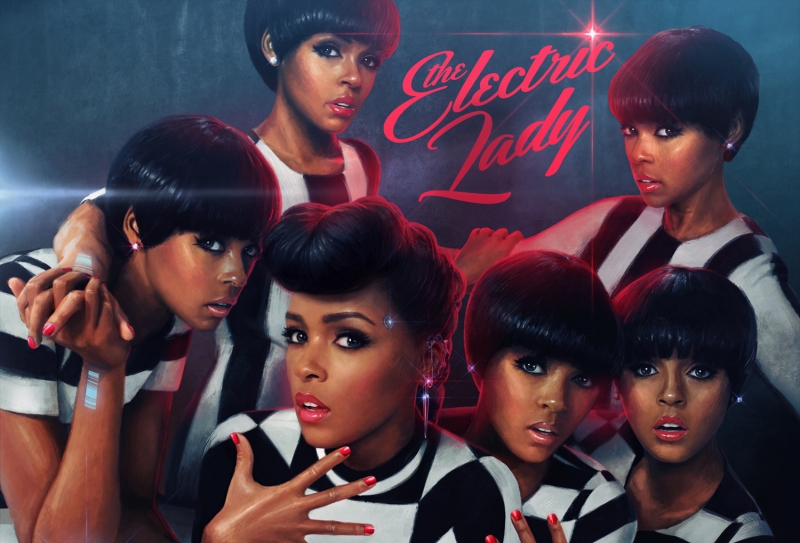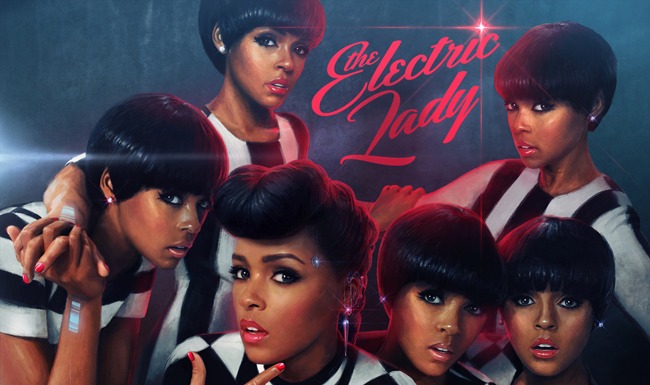
By AARON HOLMES – News Editor

Janelle Monae’s sophomore record, The Electric Lady, released on Sept. 10, combines genres, styles and themes for a one-of-a-kind concept album experience.
The year is 2719. A ruling class of humans lives in the decadent, consumerist city of Metropolis, and the race of downtrodden cyborgs that toil endlessly underground to power the city are on the brink of revolt.
Here comes the freedom song; been droids for far too long.
Such is the setting for The Electric Lady, Janelle Monae’s concept-driven sophomore album. The 19-track work released on Sept. 9 loosely follows Monae’s cyborg alter-ego Cindi Mayweather, an android who, due to chance, becomes the face of the revolution and a messianistic figure for her people.
Despite Electric Lady’s far-fetched basis, Monae’s themes– social justice, equality, resistance– are made clear, and her allegorical narrative hits close to home.
They keep us underground working hard for the greedy, but when it’s time to pay they turn around and call us needy. March to the streets ‘cause I’m willing and I’m able; categorize me, I defy every label.
These powerful lyrics, from the funky R&B single Q.U.E.E.N., sum up the essence of Electric Lady, as well as Janelle Monae’s artistic license.
Although she’s said that the album’s goal was to “revitalize true R&B”, Monae’s music is hard to categorize: the lyrics alter seamlessly between science fiction and political activism, and musical structure itself alternates between syncopated psychedelic beats and soaring orchestral ballads. Monae actively rejects commonplace genres and, in doing so, defies equivocation.
Even if it makes others uncomfortable, I will love who I am.
Like Cindi Mayweather, Monae sees herself as a makeshift leader. Although Electric Lady features big-name guest artists like Prince, Erykah Badu and Miguel, the crux of the album is daring, unique, eclectic; its flavor distinctly Monae.

